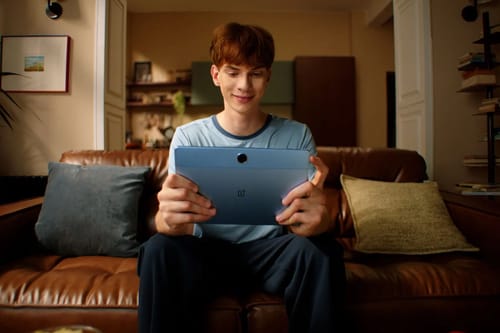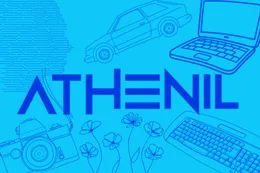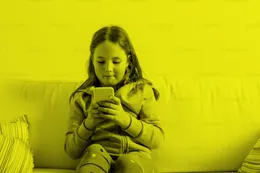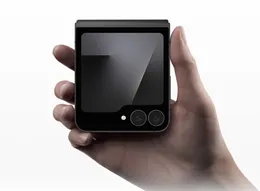
OnePlus Pad Lite lands in India rocking a big screen, fast charge creds, and an oh-so-good price
Slim waistline, large 90Hz screen, 33W fast charging, and a starting price of just Rs. 12,999. That's the OnePlus Pad Lite for you. (Terms and conditions applied, of course)





